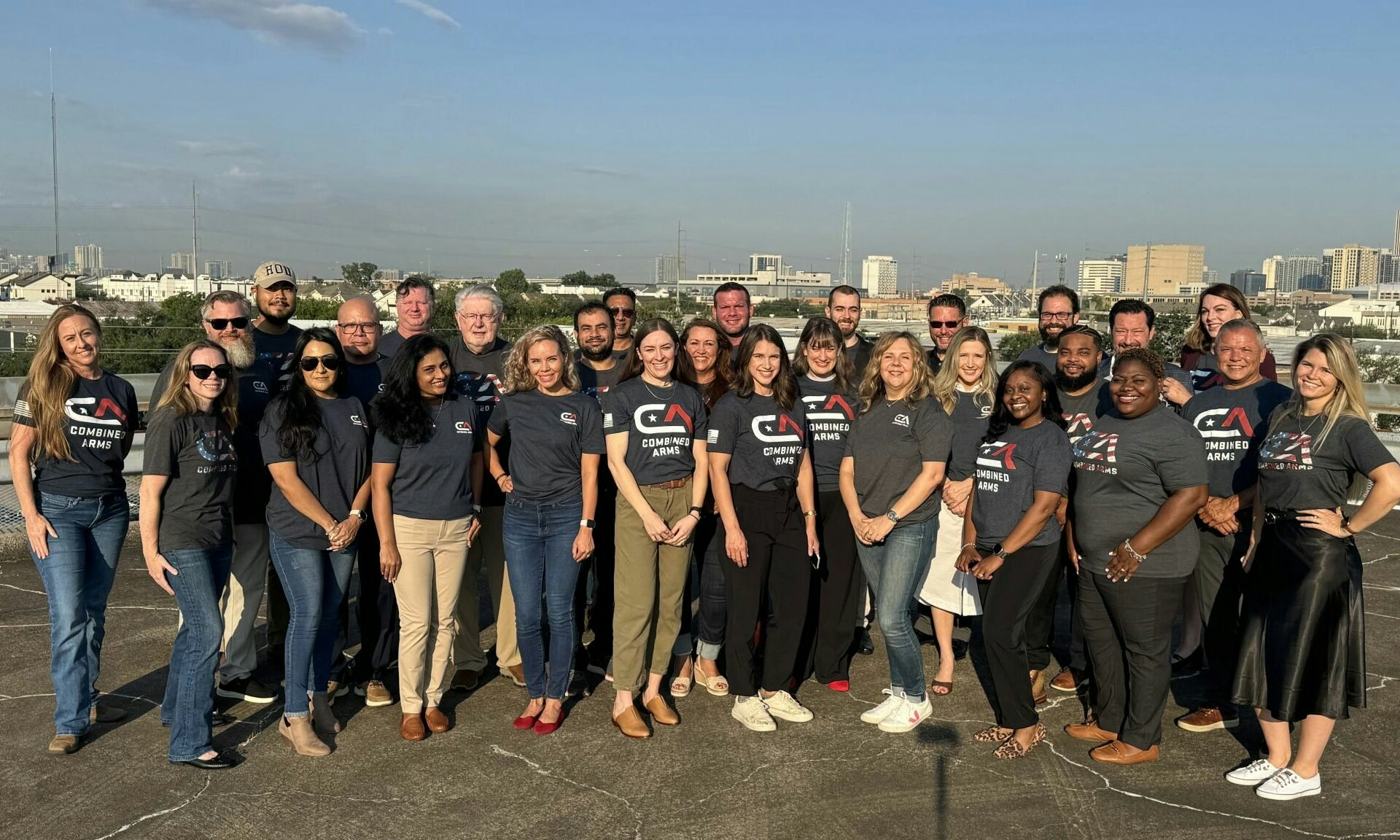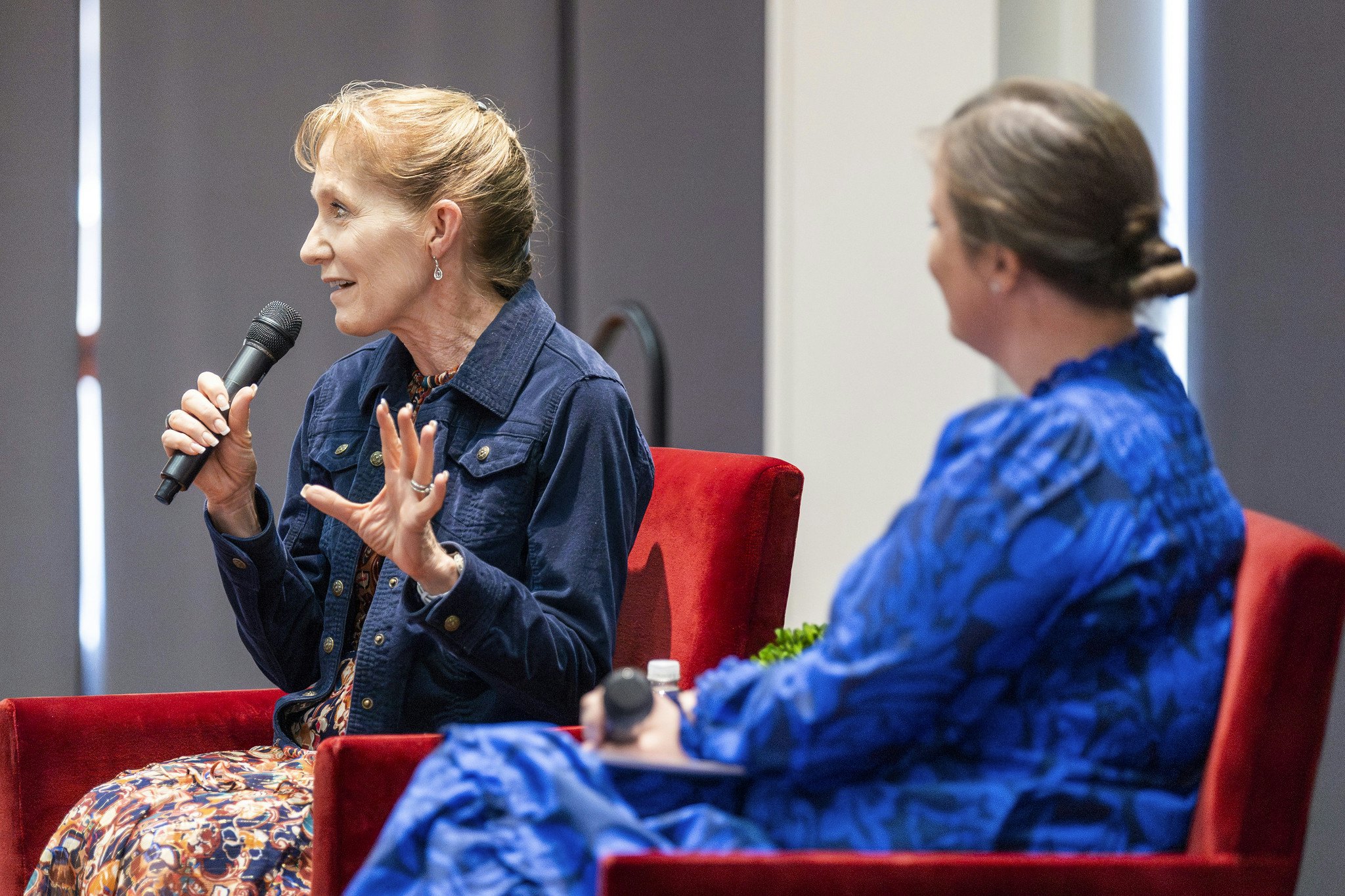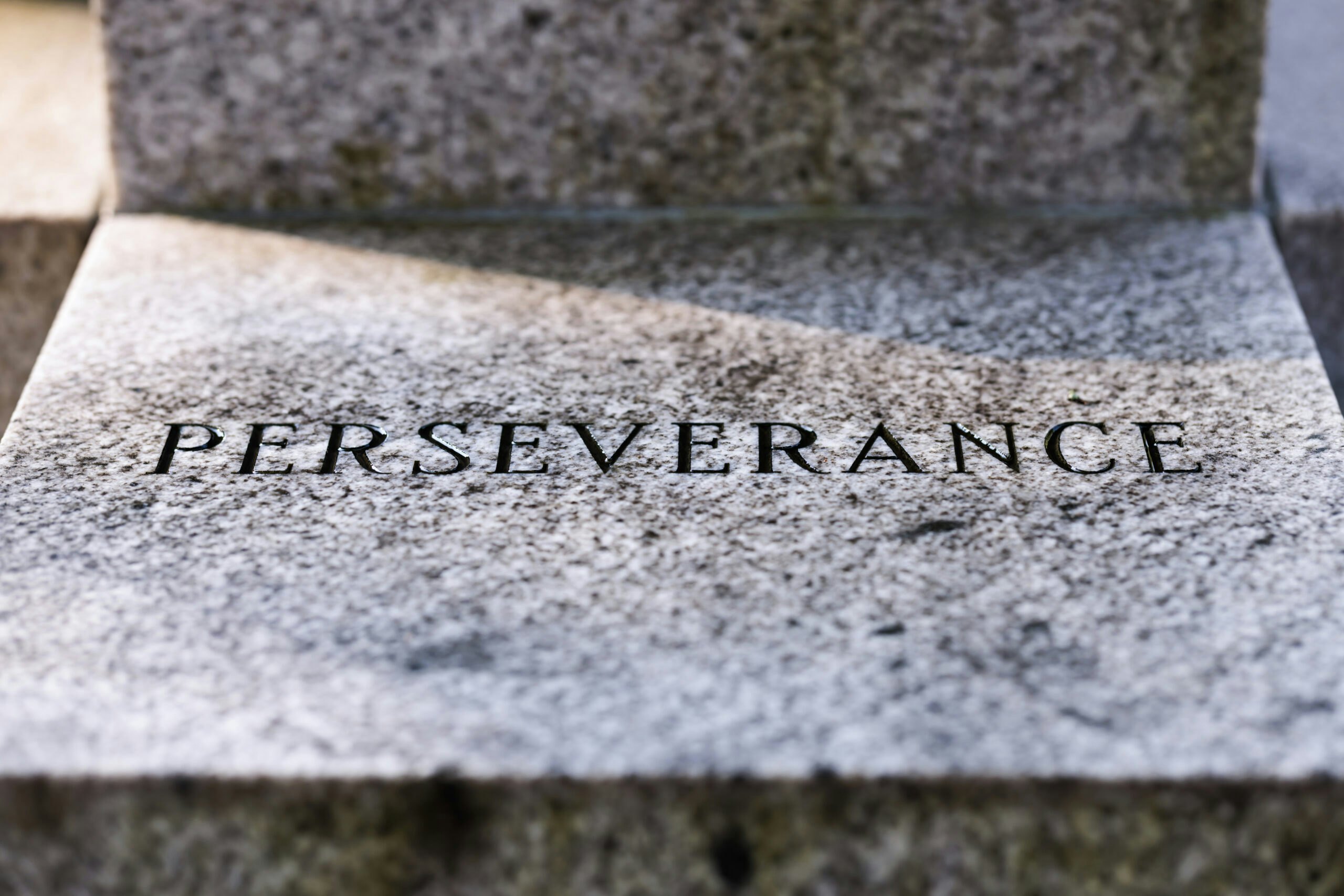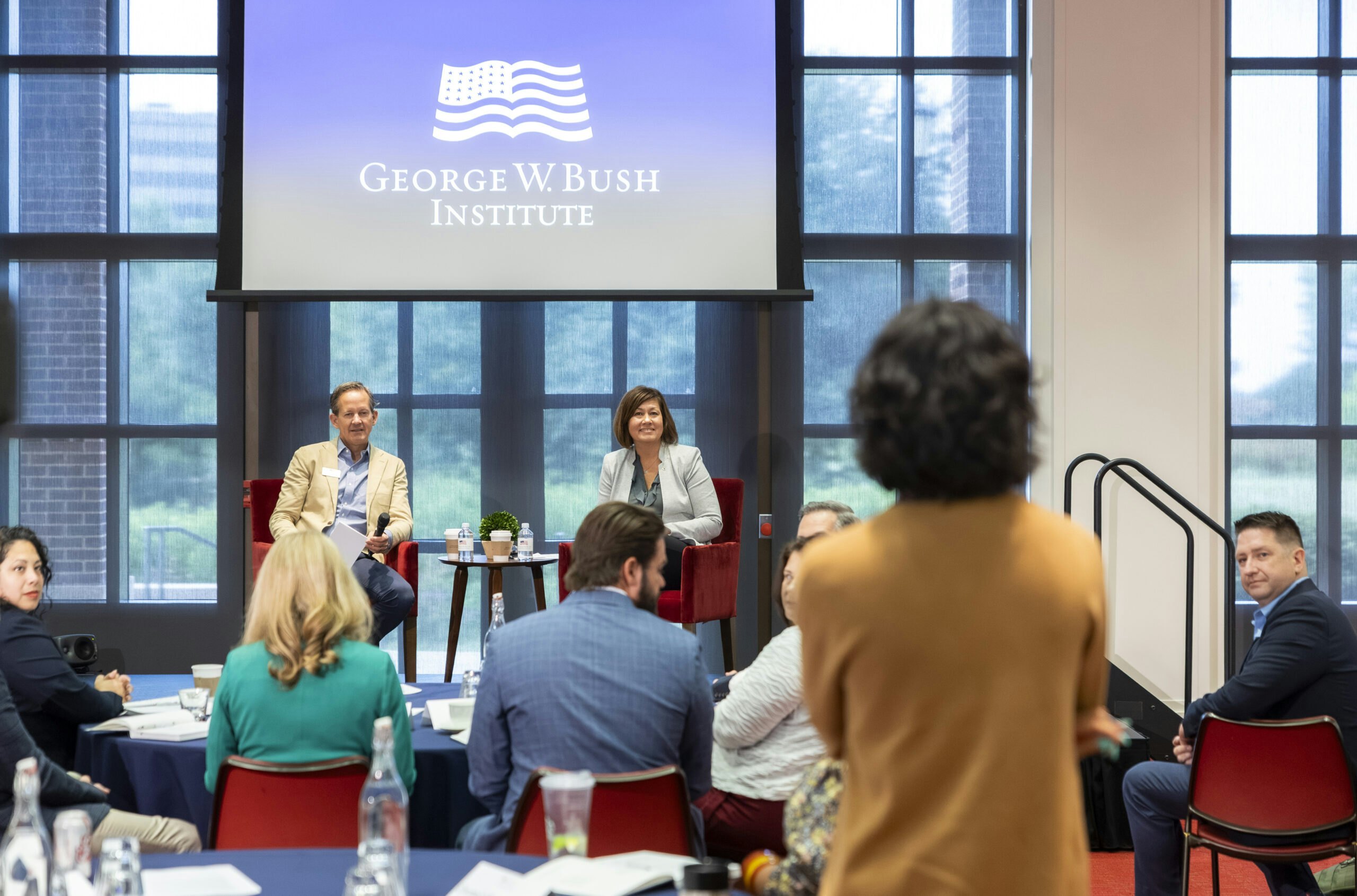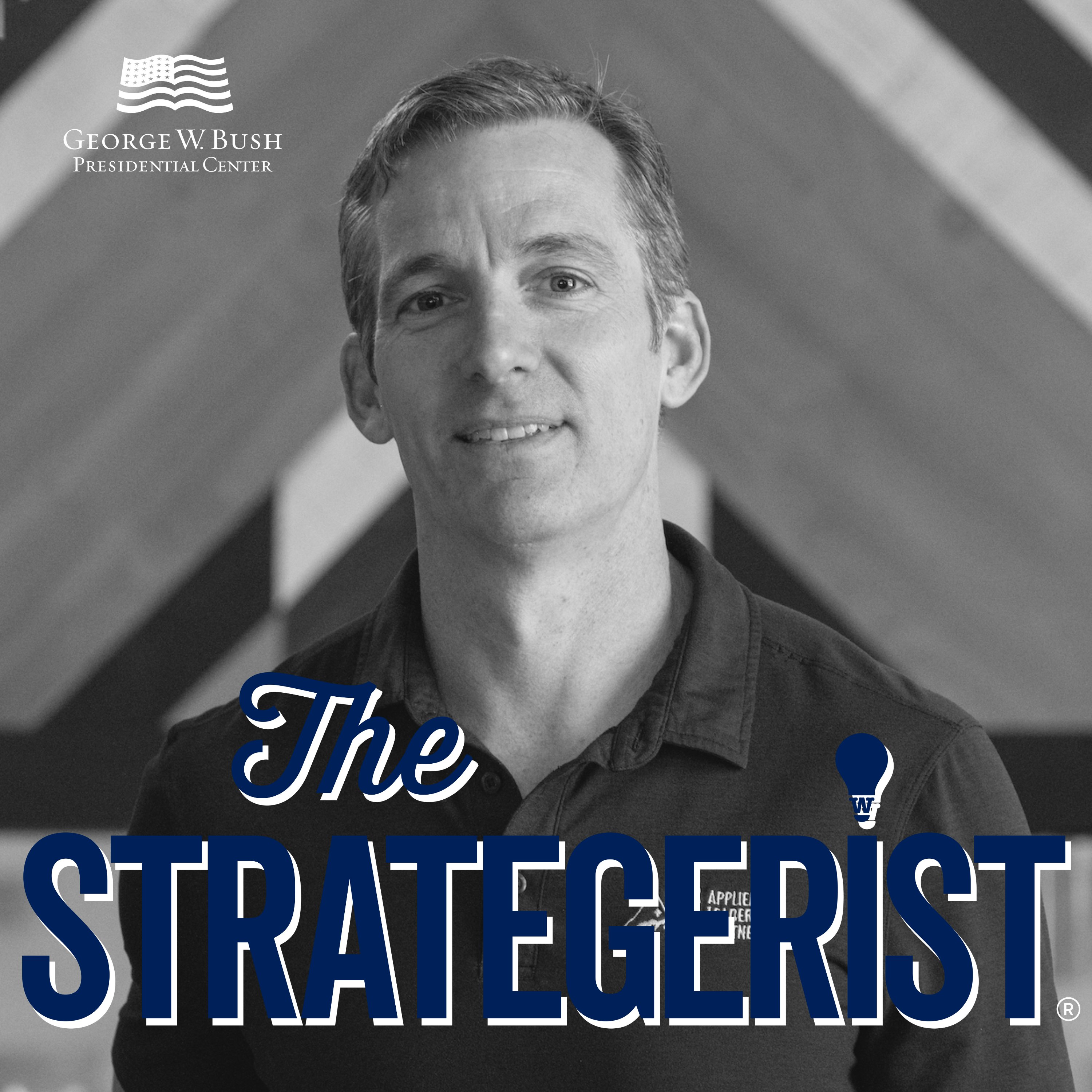The George W. Bush Institute’s Veteran Wellness Alliance is a coalition of veteran peer-to-peer networks and best-in-class mental and brain health care providers who connect veterans, service members, their families, caretakers, and survivors to high-quality care for their invisible wounds.
Q&A with Mike Hutchings, CEO
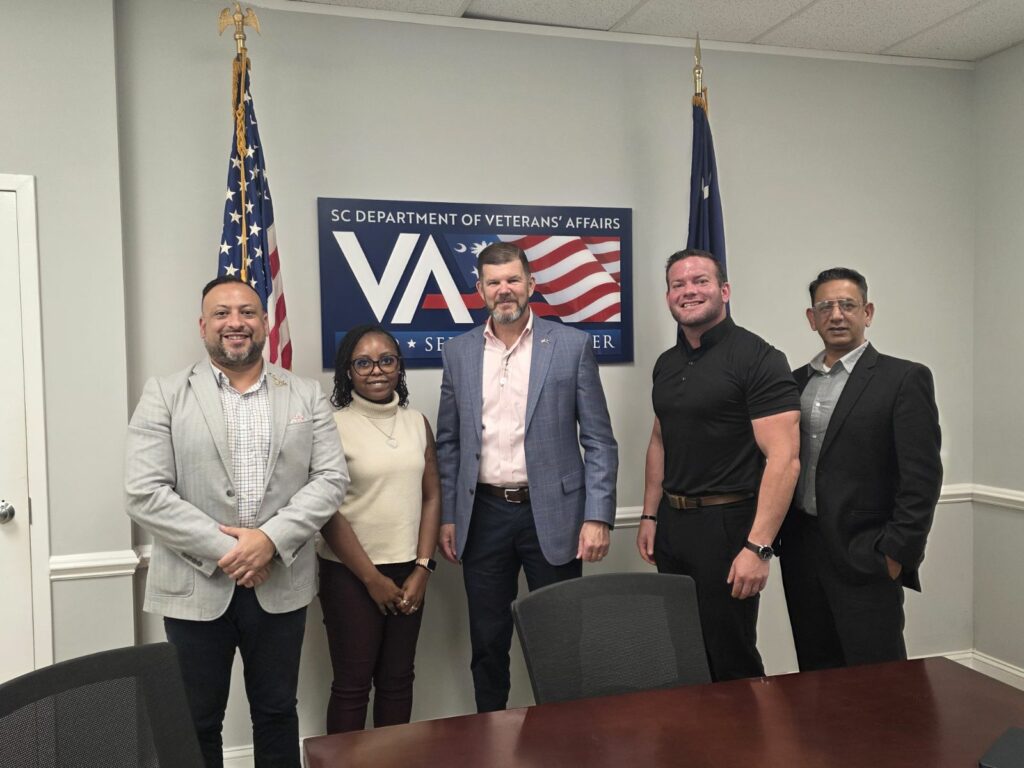 What is the mission of Combined Arms, and how has it specifically influenced your methods of supporting veterans and their families?
What is the mission of Combined Arms, and how has it specifically influenced your methods of supporting veterans and their families?
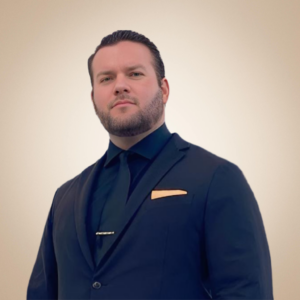 Our mission is simple and steadfast: unite the community to accelerate the impact of resources for veterans and military families. That means we don’t try to be everything to everyone – we connect everyone to the right service, quickly. We built a data-driven, collaborative model that acts as a single point of entry so a veteran shares their story once and gets warm hand offs to the best-fit services across our network. It’s community first, tech-enabled, and outcomes obsessed. Data drives everything that we do, and it’s time the veteran ecosystem followed the data, not assumptions, about what families truly need.
Our mission is simple and steadfast: unite the community to accelerate the impact of resources for veterans and military families. That means we don’t try to be everything to everyone – we connect everyone to the right service, quickly. We built a data-driven, collaborative model that acts as a single point of entry so a veteran shares their story once and gets warm hand offs to the best-fit services across our network. It’s community first, tech-enabled, and outcomes obsessed. Data drives everything that we do, and it’s time the veteran ecosystem followed the data, not assumptions, about what families truly need.
“Combined arms” is an approach to warfare that seeks to integrate different combat arms of a military to achieve mutually complementary effects – how does that idea translate into your work in the civilian world?
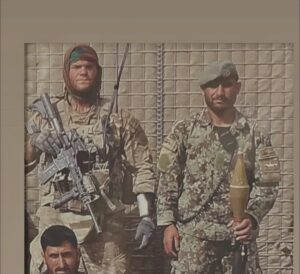
In the military, using combined arms integrates different capabilities to create mutually reinforcing and powerful effects. We mirror that mission strategy in our support of veterans as they journey through civilian life. The 300+-member organizations in our network provide thousands of free, social service support mechanisms across employment, benefits, health, legal, and more, aligned on shared purpose and common workflows, so the effect is compounded – not fragmented. The veteran shouldn’t navigate a maze; our platform and partnerships orchestrate the “complementary effects” behind the scenes so that veterans find stability in the civilian world.
What major obstacles has your organization encountered in streamlining technology, and which solutions have proven most effective?
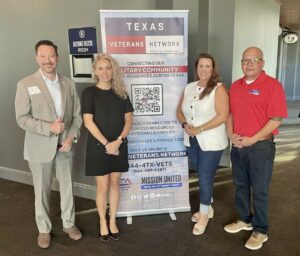 The most challenging obstacles included streamlining interoperability (because each provider had its own system), creating data governance and consent policies, and eliminating the duplicate intake processes, which exhausted families. At Combined Arms it is unacceptable for families to tell their story five times just to get help. What’s worked: moving to an integrated Software as a Service (SaaS) platform with standardized data contracts, consent management, and shared reporting – so states, nonprofits, and agencies can actually operate as one system of care. It reduced friction for veterans and increased fidelity of referrals and results, which in one case, shortened an intake cycle for someone to get housing services from six weeks to less than one week.
The most challenging obstacles included streamlining interoperability (because each provider had its own system), creating data governance and consent policies, and eliminating the duplicate intake processes, which exhausted families. At Combined Arms it is unacceptable for families to tell their story five times just to get help. What’s worked: moving to an integrated Software as a Service (SaaS) platform with standardized data contracts, consent management, and shared reporting – so states, nonprofits, and agencies can actually operate as one system of care. It reduced friction for veterans and increased fidelity of referrals and results, which in one case, shortened an intake cycle for someone to get housing services from six weeks to less than one week.
Data and technology play an important role in Combined Arms – How do you envision the evolution in the future, especially with the rise of AI?
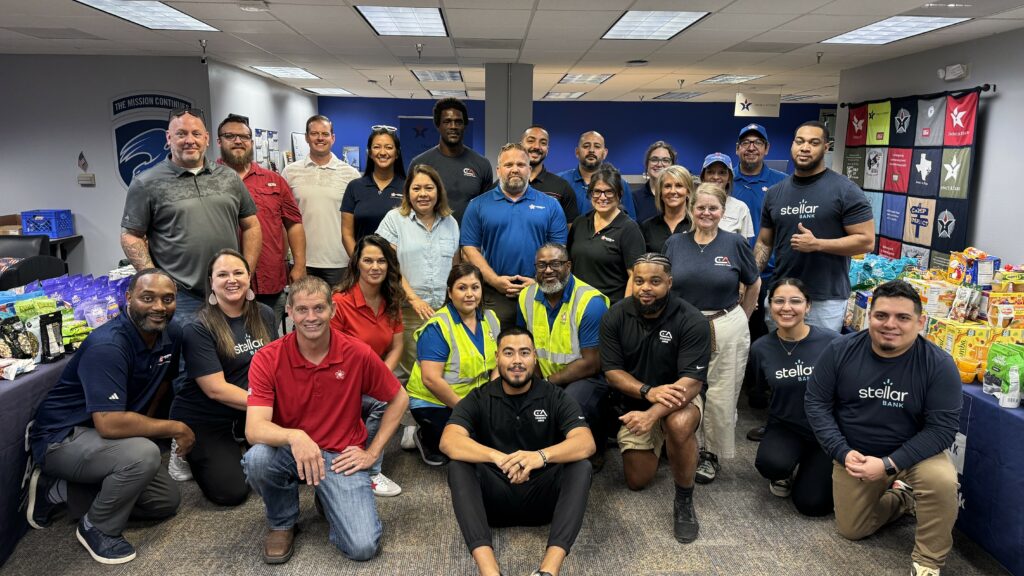 AI isn’t a silver bullet, but it’s an incredibly powerful force multiplier. We’re focused on triage and routing (predictive matching to the next best action), proactive risk flags (identifying indicators of hardship earlier), and personalization (right service, right time, right channel). Currently, we’re piloting an AI chatbot to engage with veterans and connect them to resources faster, with the aim to scale and utilize such interoperability nationally in the near future. The guardrails matter: Explainability, consent, and security come first, because trust is our license to operate. Over time, AI will let us shift from reactive casework to proactive support at scale.
AI isn’t a silver bullet, but it’s an incredibly powerful force multiplier. We’re focused on triage and routing (predictive matching to the next best action), proactive risk flags (identifying indicators of hardship earlier), and personalization (right service, right time, right channel). Currently, we’re piloting an AI chatbot to engage with veterans and connect them to resources faster, with the aim to scale and utilize such interoperability nationally in the near future. The guardrails matter: Explainability, consent, and security come first, because trust is our license to operate. Over time, AI will let us shift from reactive casework to proactive support at scale.
As you look to the future, what gives you hope about the next generation of veterans? What role do you see Combined Arms playing in the future?
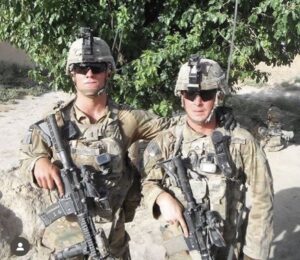
Today’s veterans are team-oriented, tech-literate, and mission-driven. They want purpose, not pity, and when the community is properly aligned, they lift entire regions. Our role is to keep building the connective tissue: a modern “interconnected network” where veterans, employers, agencies, and communities plug in; a platform that turns collective goodwill into measurable outcomes. If we do our job, the next generation spends less time navigating systems and more time leading in their communities. When we talk about sustaining our all-volunteer military force, we have to start with how we take care of those who’ve already served. That’s not charity – it’s national security. The surest way to recruit and retain high-caliber men and women is to show them that when they come home, their country keeps its promise. It’s a moral obligation, and Combined Arms will keep building the infrastructure to make that promise real.

